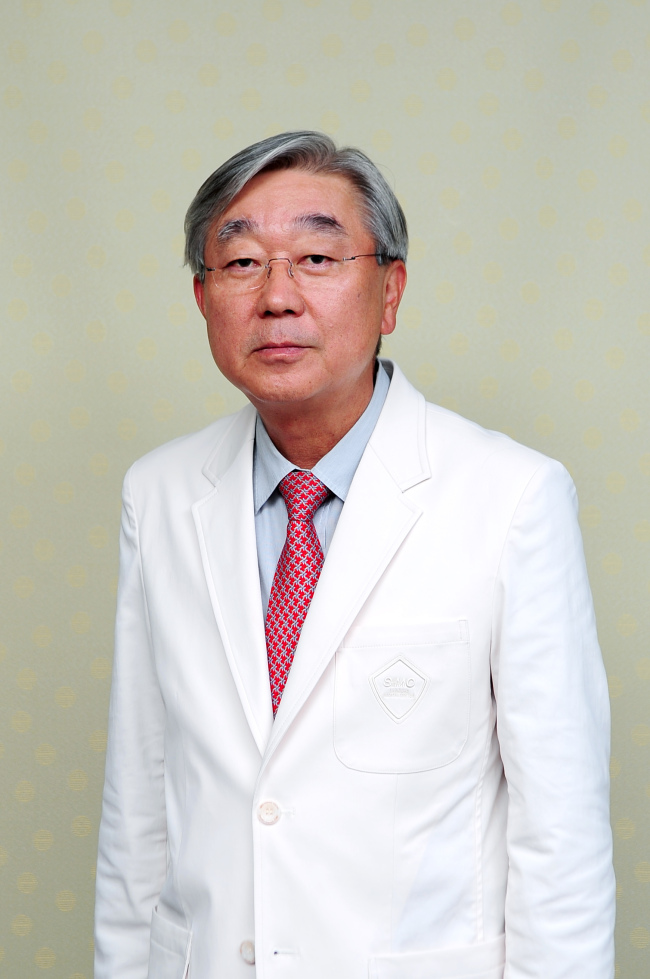
Chronic diseases that can lead to liver cirrhosis include viral hepatitis B and C, alcoholic liver disease and some uncommon genetic or autoimmune diseases.
However, liver cirrhosis does not always occur in patients with chronic hepatitis. Progression to cirrhosis depends on the individual, but the likelihood is higher with more severe and chronic hepatitis. In one study performed in Korea, approximately 23 percent of patients with chronic hepatitis developed liver cirrhosis within 10 years.
Liver cirrhosis usually progresses silently without specific symptoms. The destruction of the liver and scarring can cause fatigue, decreased appetite, nausea and vomiting as the disease progresses. In more severe cases, jaundice, itching, ascites, vomiting blood and hepatic encephalopathy can also arise.
Liver cirrhosis can be diagnosed by biopsy or other clinical findings. These include the palpation of hard or enlarged liver on physical examination, or palpable splenomegaly. Other findings include a reduction in platelet count in blood tests, and an abnormal structure of the liver that can be seen in ultrasound or other imaging tests. Enlarged veins in the esophagus can also be found during an endoscopy. However, these findings only suggest the likelihood of liver cirrhosis and do not necessarily confirm the diagnosis. The absence of such findings also does not rule out liver cirrhosis.
The removal of the cause of the disease is mandatory for treatment.
Liver cirrhosis is not localized to one part of the liver, but affects the whole liver. The severity of cirrhosis is assessed by the degree of functional loss of liver cells and the degree of portal hypertension, which reflects the obstruction of blood flow in the liver.
The treatment of liver cirrhosis differs for different causes of the disease. In general, the aim of treatment is to prevent progression of liver cirrhosis, reverse liver damage that was already done, and treat various complications. Therefore it is most important to address the cause of the disease. For example, those who have alcohol-induced hepatitis must stop drinking, and eat a healthy and balanced diet. Those with viral hepatitis as the cause of cirrhosis will benefit from treatments that prevent viral replication.
Patients in the early stages of liver cirrhosis can maintain a normal life as long as they adhere to the doctor’s recommendations. However, the prognosis for those who are diagnosed late is not good, and these patients have a higher risk of developing complications such as ascites or bleeding from dilated blood vessels.
The liver is a large organ, and thus has the ability to maintain crucial functions even with some damage. It can also repair itself to some extent, replacing dead cells with new ones. Therefore, the removal of the cause of liver cirrhosis may lead to improvement in liver function, and hopefully allow a normal life for the patient.
Causes of liver cirrhosis:
― Viral hepatitis (B and C etc.)
― Alcoholic hepatitis
― Biliary obstruction
― Metabolic disorder (Wilson’s disease etc.)
― Autoimmune hepatitis
― Drug induced or toxic liver disease
― Cardiac diseases, venous obstructive diseases, etc.
― Idiopathic
Self-diagnosis of liver cirrhosis is difficult and may be misleading, since there are no specific early symptoms. The main symptoms include nausea, fatigue, and decreased appetite. More advanced cases can involve jaundice, bleeding from the gums, bad breath, shaky hands, visible veins in the skin, and in more severe cases, ascites, blood in stools or vomit, and altered consciousness.

By Yoo Byung-chul
The author is a doctor at the Division of Gastroenterology at Samsung Medical Center and a professor at Sungkyunkwan University School of Medicine. ― Ed.
The author is a doctor at the Division of Gastroenterology at Samsung Medical Center and a professor at Sungkyunkwan University School of Medicine. ― Ed.
-
Articles by Korea Herald







![[Hello India] Hyundai Motor vows to boost 'clean mobility' in India](http://res.heraldm.com/phpwas/restmb_idxmake.php?idx=644&simg=/content/image/2024/04/25/20240425050672_0.jpg&u=)











